An elastocaloric cooling platform is constructed based on shape memory alloys with a cellular architecture that enables cooling powers above 1 kW.
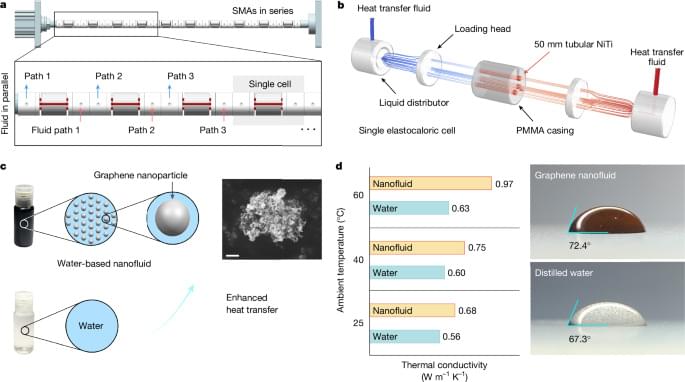

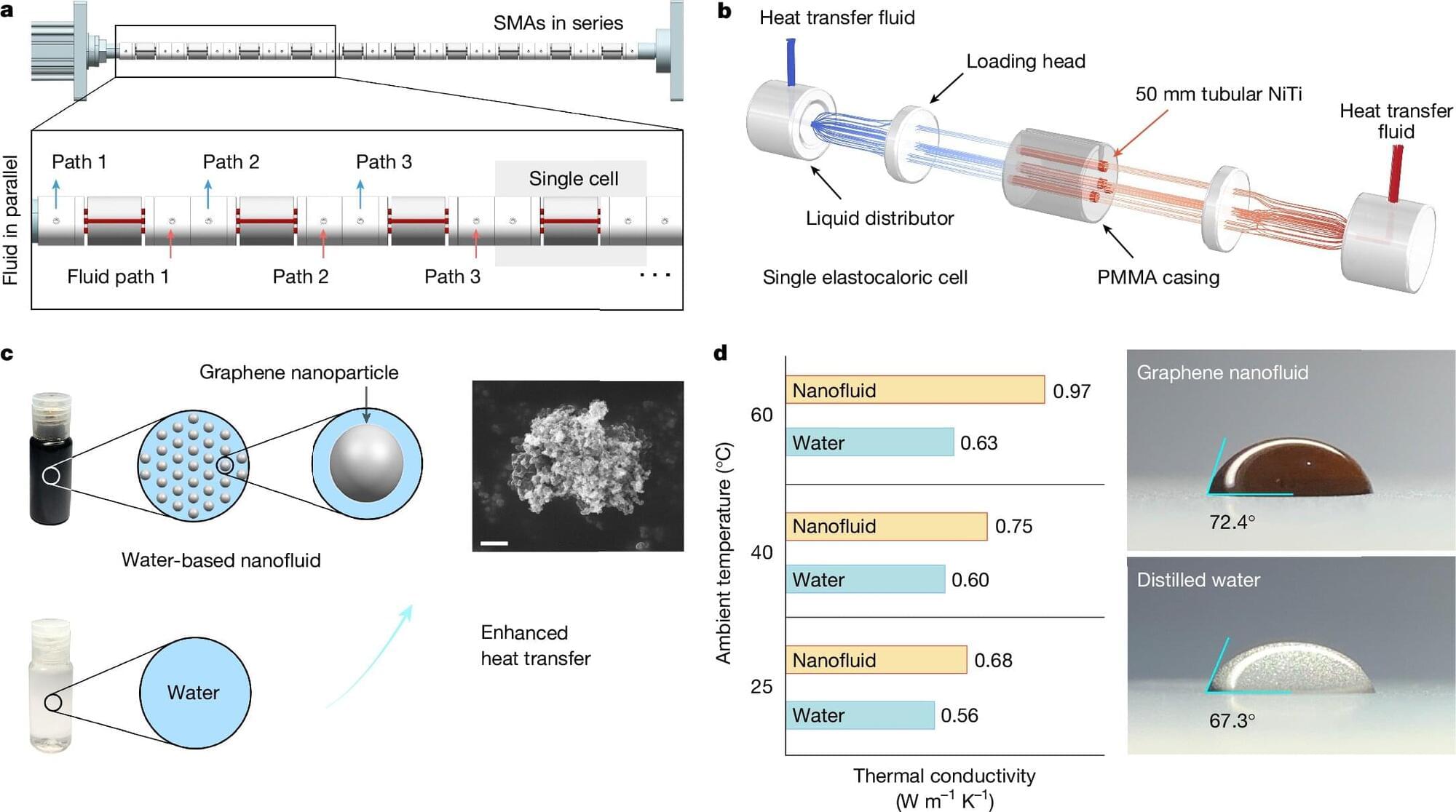
Researchers at the Hong Kong University of Science and Technology (HKUST) have developed the world’s first kilowatt-scale elastocaloric cooling device. The device can stabilize indoor temperatures at a comfortable 21°C–22°C in just 15 minutes, even when outdoor temperatures reach between 30°C and 31°C, marking a significant breakthrough toward the commercial application of elastocaloric solid-state cooling technology.
The research findings have been published in the journal Nature, offering a promising solution to combat climate change and accelerate the low-carbon transformation of the global cooling industry.
As global warming intensifies, the demand for air conditioning and cooling has been growing, with cooling already accounting for 20% of global electricity consumption. Mainstream vapor compression cooling technology relies on refrigerants with high global warming potential (GWP).
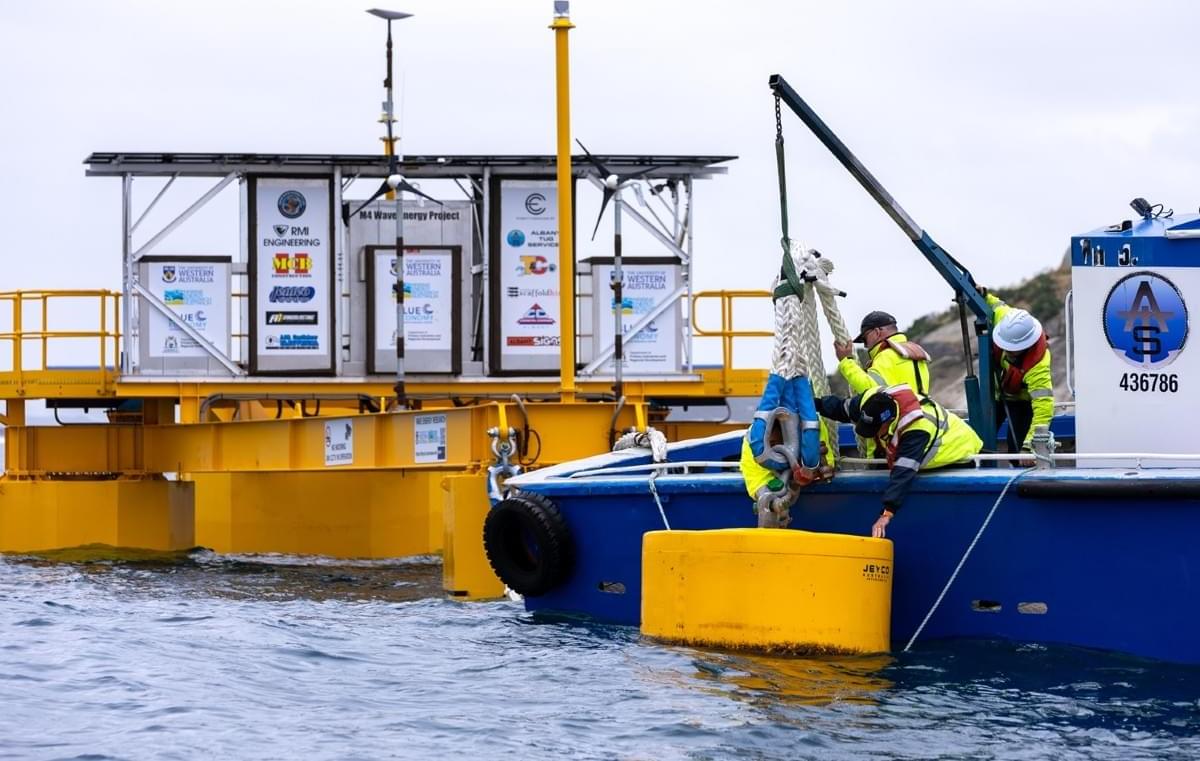
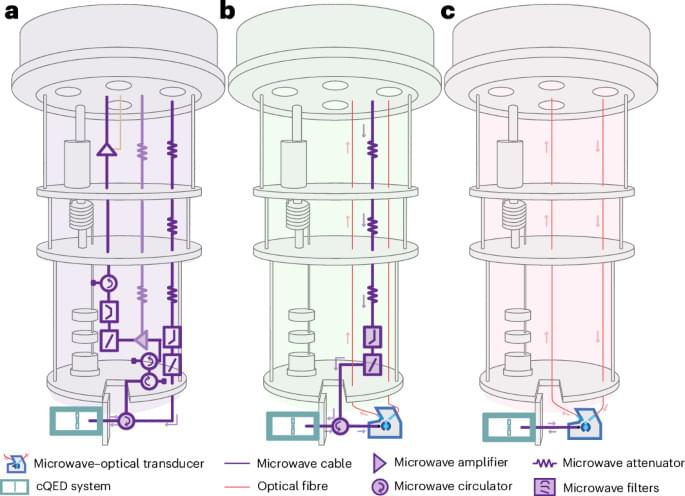
The AuREUS system is an evolution for walls/windows, and uses technology synthesized from upcycled crop waste to absorb stray UV light from sunlight and convert it to clean renewable electricity.
This is a bit old, but still cool.

Getting seven experiments on the International Space Station requires a really good idea. Like a brand new way to attack tumors—one that you can only make in space.
Space has unique advantages for making medicines. Its very low gravity makes it possible to grow molecules in shapes and uniformity that are difficult to create on Earth. If they can be reliably and affordably produced, such molecules could have all kinds of novel uses in industry and medicine.
University of Connecticut engineer Yupeng Chen has been growing one such unusually rod-shaped nanoparticle, called a Janus base nanotube, on the International Space Station (ISS). The success of Chen’s last five experiments has led to this latest $1.9 million award from the Center for Advancement of Science in Space and NASA’s Division of Biological and Physical Sciences. With it, Chen and his colleagues will use the space station’s unique environment to grow pharmaceuticals whose shape is their secret weapon.#
Experiments aboard the International Space Station may offer promising advancements in fighting cancer.

Below is an overview of a developing cancer treatment that relies on highly focused sound waves in a liquid medium (often the body’s own fluids) to non-invasively destroy tumors. Though the technology is still in various stages of research and clinical trials, it shows promise as a potential alternative or complement to surgery, radiation, or traditional chemotherapy.
1. What Is This Technology?
A primary example of a soundwave-based treatment that uses water or fluid in the body is called histotripsy (or, more broadly, high-intensity focused ultrasound—HIFU). Histotripsy is an emerging therapy that directs ultra-short, high-intensity ultrasound pulses at a targeted area, causing microscopic, rapid changes in tissue pressure.

University of Arizona astronomers have learned more about a surprisingly mature galaxy that existed when the universe was just less than 300 million years old—just 2% of its current age.
Observed by NASA’s James Webb Space Telescope, the galaxy—designated JADES-GS-z14-0—is unexpectedly bright and chemically complex for an object from this primordial era, the researchers said. This provides a rare glimpse into the universe’s earliest chapter.
The findings, published in the journal Nature Astronomy, build upon the researchers’ previous discovery, reported in 2024, of JADES-GS-z14-0 as the most distant galaxy ever observed. While the initial discovery established the galaxy’s record-breaking distance and unexpected brightness, this new research delves deeper into its chemical composition and evolutionary state.

A mysterious phenomenon at the center of our galaxy could be the result of a different type of dark matter.
Dark matter, the mysterious form of unobserved matter which could make up 85% of the mass of the known universe, is one of science’s biggest manhunts.
In this first of its kind study, scientists have taken a step closer to understanding the elusive mystery matter. They believe a reimagined candidate for dark matter could be behind unexplained chemical reactions taking place in the Milky Way.
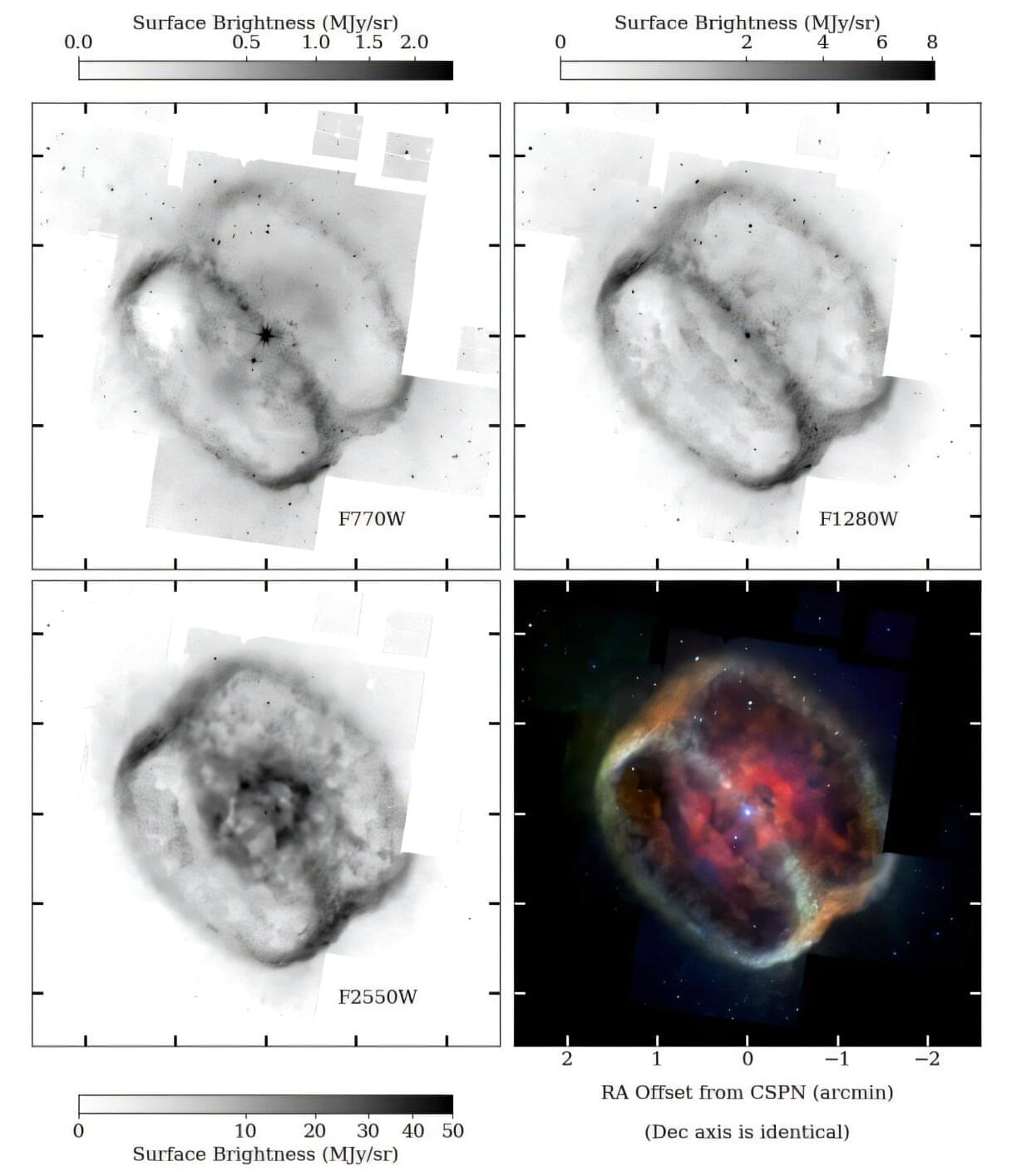
Using the James Webb Space Telescope (JWST), astronomers have observed enigmatic rings in the planetary nebula NGC 1,514, visible in the mid-infrared band. Results of the new observations, published Feb. 28 on the arXiv pre-print server, shed more light on the properties and nature of these rings.
Planetary nebulae (PNe) are expanding shells of gas and dust that have been ejected from a star during the process of its evolution from a main sequence star into a red giant or white dwarf. They are relatively rare, but are important for astronomers studying the chemical evolution of stars and galaxies.
NGC 1,514 (also known as Crystal Ball Nebula) is a large and complex elliptical planetary nebula at a distance of about 1,500 light years away. It originated from a binary star designated HD 281679. The bright, visible component of the system is a giant star of spectral type A0III, while the nebula-generating companion is now a hot, sub-luminous O-type star.